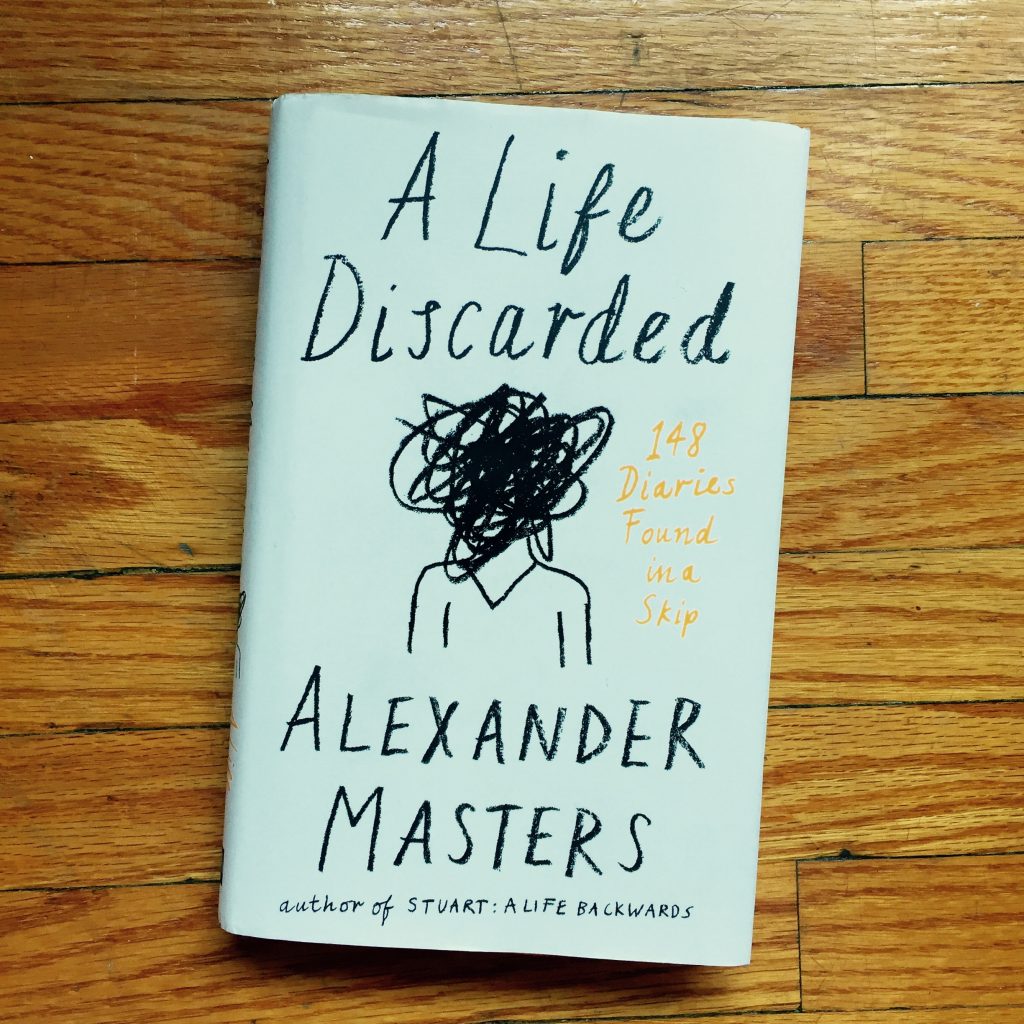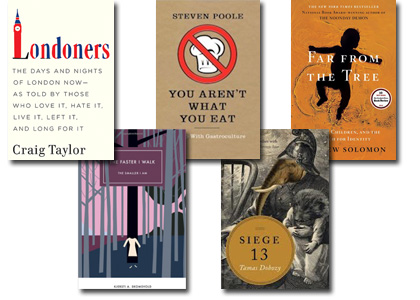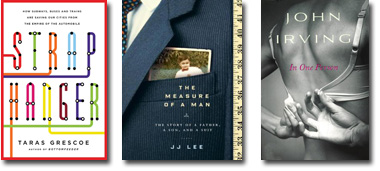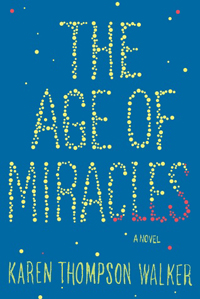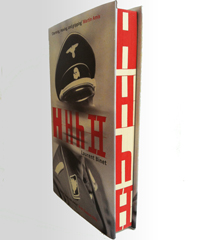The risk of the long read
(This column first appeared on open-book.ca in December 2013)
Garth Risk Hallberg (cue a thousand “Risk is my middle name” jokes) made headlines last month for getting paid a lot of money for having written a very long book. The amount of money (US $2million) and the length of book (900-odd pages) were the two key pieces of information for you to take away from each and every story written on the topic. Comparisons were made to The Luminaries and The Goldfinch, comparisons that had nothing to do with plot, setting or theme and everything to do with word count. Yes, these books are all quite long.
So when did our willingness to read a long book become so noteworthy? After it won the Man Booker Prize, I reviewed Eleanor Catton’s The Luminaries for Day 6 on CBC radio, and the length of the book was one of the first things we discussed. I wondered why people now seem to view reading a long book as though it were an Olympic sport that should come with a medal for achievement, because really it’s only reading. Mere minutes later, apparently having forgotten everything I’d just said, I posted a picture of myself holding the book spine out, rather than face out, in a “Look how well I did, Mum,” pose of self-congratulation. To be impressed at my feat of getting through the book so fast was the most common first response from those who had heard the review. And this from book industry colleagues who all read for a living – many of them, I’m guessing, far more, and far more quickly, than I do.
In reporting on Hallberg’s book deal, The New York Times said that “the long novel is experiencing a resurgence,” which might be true, or might be just a new headline for an old story. To pick just one example: Susanna Clarke’s 2004 debut, Jonathan Strange & Mr. Norrell, received an advance in the region of a million quid, clocked in at more than 1,000 pages, and sold like Billy-o on both sides of the Atlantic. Meanwhile, in an age we might now think of as one that was more friendly to the long novel – let’s call it “the past” – Proust was forced to pay the printing costs of Swann’s Way (the first of seven volumes of In Search of Lost Time) himself because no publisher would touch it; and Dickens’s books, though long, were presented in an episodic format that hid their ultimate length. Stephen King has always written books the size of coffee tables, of course, but perhaps the airport read is exempt from this game of who did it longest.
At this particular point in time, however, the “return” of the long novel does seem to be in step with a different form of marathon narrative consumption. When Netflix launched House of Cards in February of this year, viewing it became, for some, a feat of buttock-numbing, eyeball-popping endurance. Marathon viewing was the order of the day, and a smart piece by San Fran Lit Blogger Scott Esposito suggested an interesting interpretation of this in respect to reading habits:
“This emergent behavior [of marathon viewing] takes all we have been hearing about shortened attention spans and throws it out the window,” he wrote. “You could make quite a dent in ‘War and Peace’ in 12 hours. Anyone up for the unabridged version of ‘Clarissa’? One producer remarked that people are now watching TV the way they read a novel. A novel? I thought the novel was dead.”
So, just as many despair of society’s unwillingness to read when there’s so much good telly around, is it actually the case that the telly got so good by becoming more like the novel? Eleanor Catton cites being heavily influenced by boxed sets of The Sopranos, The Wire and Breaking Bad in writing the 832 page The Luminaries (which I did binge read, though perhaps you should take your time), and when Hallberg’s City on Fire was picked up by UK publisher Jonathan Cape last week for a comparatively paltry-seeming £200,000 (c. $347,000), acquiring editor Alex Bowler said that it was unlike any other novel and would more appropriately be compared to an HBO boxed set.
It is no accident, many feel, that the age of boxed-set TV binge watching has also been that of some of the best-scripted TV drama in a long time. Gone is the need for every episode to be self-contained or to finish with a cliff-hanger that will bring viewers back a week later. The narrative must stand up to back-to-back viewing and simultaneous, real-time social media analysis, and must have the depth to reward multiple re-viewings. To write a 900-page novel is an ambitious and impressive undertaking to be sure, but it might also be just what our TV-exercised brains are hungry for. Mr. Hallberg is asking his future readers to take their time with his book, but he may not be asking his publishers to take such a risk after all.
